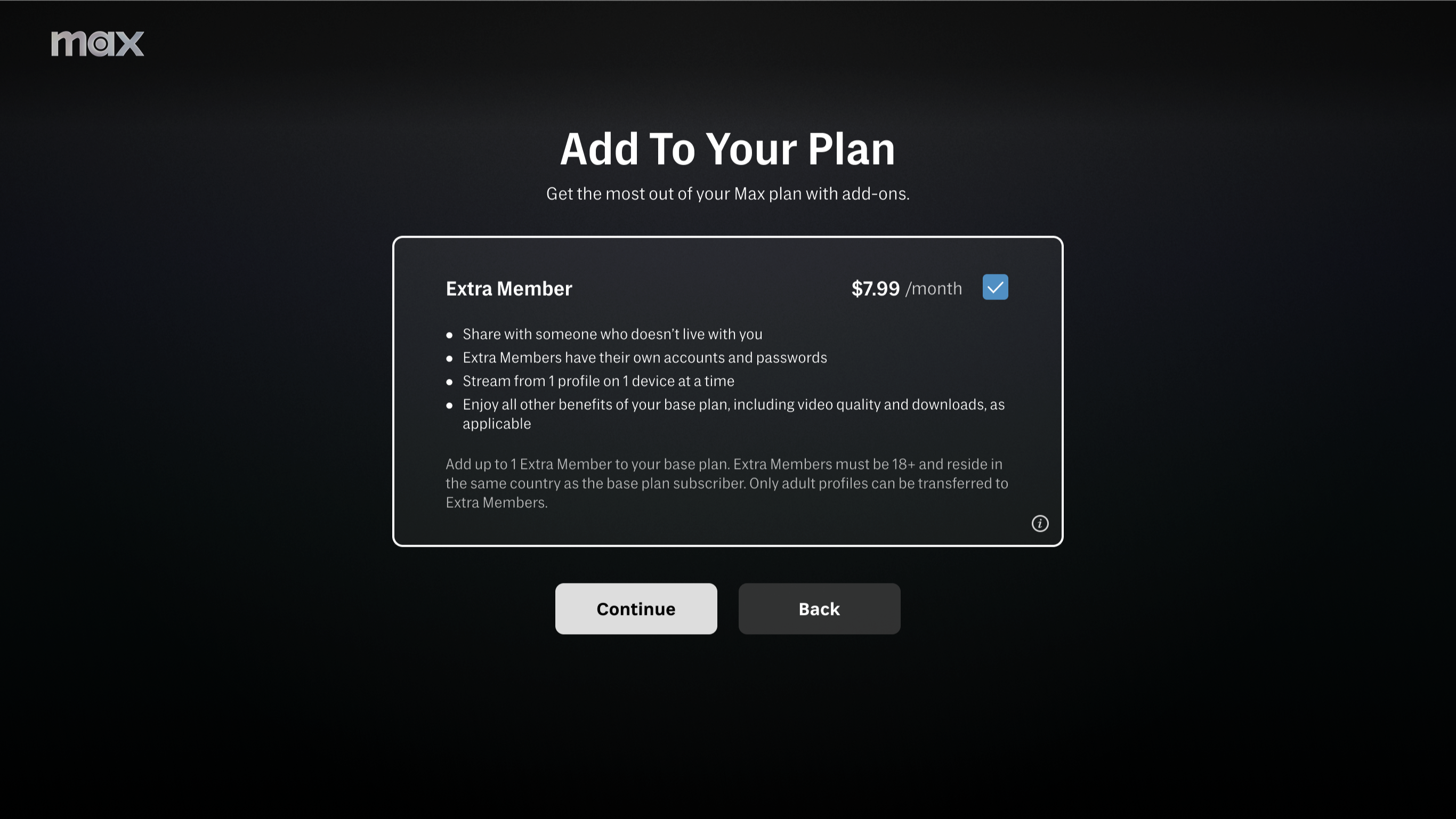The Future of Playout
Some say playout is dead. I really have to disagree with that idea.
Yes, of course the traditional broadcast playout infrastructure—hardware switchers, servers and graphics devices, driven by a monolithic automation system—will gradually fade away. But the functionality is still required because the core business driver remains, more pressing than ever.
Media companies succeed by delivering the programming their audiences want, when they want it— and that remains their central business value. Even if audiences no longer want to watch scheduled content, they still need that sense of connection; of dealing with a trusted brand that will lead them to programming they will enjoy.
FRAGMENTED AUDIENCES
What has changed are the forms of delivery and consumption. Consumers want to watch at home and on the road; they want linear and nonlinear engagement; they want to watch on a 55-inch OLED and on their phone. Whenever and wherever they choose to watch, they expect a familiar, high-quality experience—which can only be achieved with playout technology.
And here is the really key point: the size of the audience is pretty much fixed. A forecast from Eurostat suggests that the population of the EU will grow by 3.9% from 2015 to 2040. That is not 3.9% a year—it’s 3.9% over 25 years. Emerging markets will grow, other markets will shrink but even with increasing hours of engagement, the largely static audience number limits how much can be consumed. That audience is now fragmenting across different platforms—over-the-air, OTT and mobile—yet revenues from subscriptions and advertising are relatively fixed because the size of the audience is fixed.
Add to that new entrants into the content delivery market. The giant production companies and some sports federations are now looking to offer their own content directly. Niche channels are springing up to meet particular needs: Indian ex-pats in the United States wanting to keep up with the IPL, for instance. So broadcasters must aggregate their share of audience by providing a better experience—delivering the right content to the right audience across the right distribution channel. And so playout systems remain critical.
As we are all aware, we have moved away from hardware devices in playout and the rest of broadcast, toward specialist software running on COTS hardware or in cloud platforms. We can do that because we have adopted IT technologies to build virtualized environments, in which microservices can deliver highly efficient playout with optimal use of the infrastructure.
In this context, delivering to multiple outlets or formats simply becomes a set of options in a blueprint, which can be turned on and off at will. Optimized delivery across multiple devices, distribution technologies and consumption models defines the future for playout. Doing this in a cost-effective way ensures the business model for broadcasters.
COST ANALYSIS
As the required functionality is available in standardized, open software—complying to standards like SMPTE ST 2110—we are free to implement playout (and other workflows) in the machine room, in the corporate data center or in cloud. Every broadcaster and content provider will have a different balance for their playout, but that decision will be made for business optimization, not constrained by technology. It is simply a cost analysis exercise: delivery will be flexible, scalable and unified.
The real issue lies in the business question of return on investment. How can I make my content most attractive to audiences; how do I monetize that aggregated audience; and how much will it cost to boost the value in my content?
Again, the technology helps. If you want to try something, you can. If you want a pop-up channel, perhaps because you want to see if Ultra HD will win new audiences, you can decide to try it today and be transmitting tomorrow. If it is unpopular, you can turn it off again the day after, and all it has cost you is a few days of operating costs.
The message I have, then, is that we are at a point where the technology of playout can be completely abstracted from the skills of being a commercially successful broadcaster. You can use virtualization or cloud resources to do whatever you want, and you can build secure and flexible infrastructures.
The core business of the broadcaster or content network remains to build content, originate channels and sell advertising. The playout suite of the future allows them to do just that, cost effectively and across every platform that matters to their business—without the capital and operational costs of cumbersome infrastructure or facilities.
Steve Reynolds is president at Imagine Communications.
Get the TV Tech Newsletter
The professional video industry's #1 source for news, trends and product and tech information. Sign up below.
Steve Reynolds is CEO of Imagine Communications.

